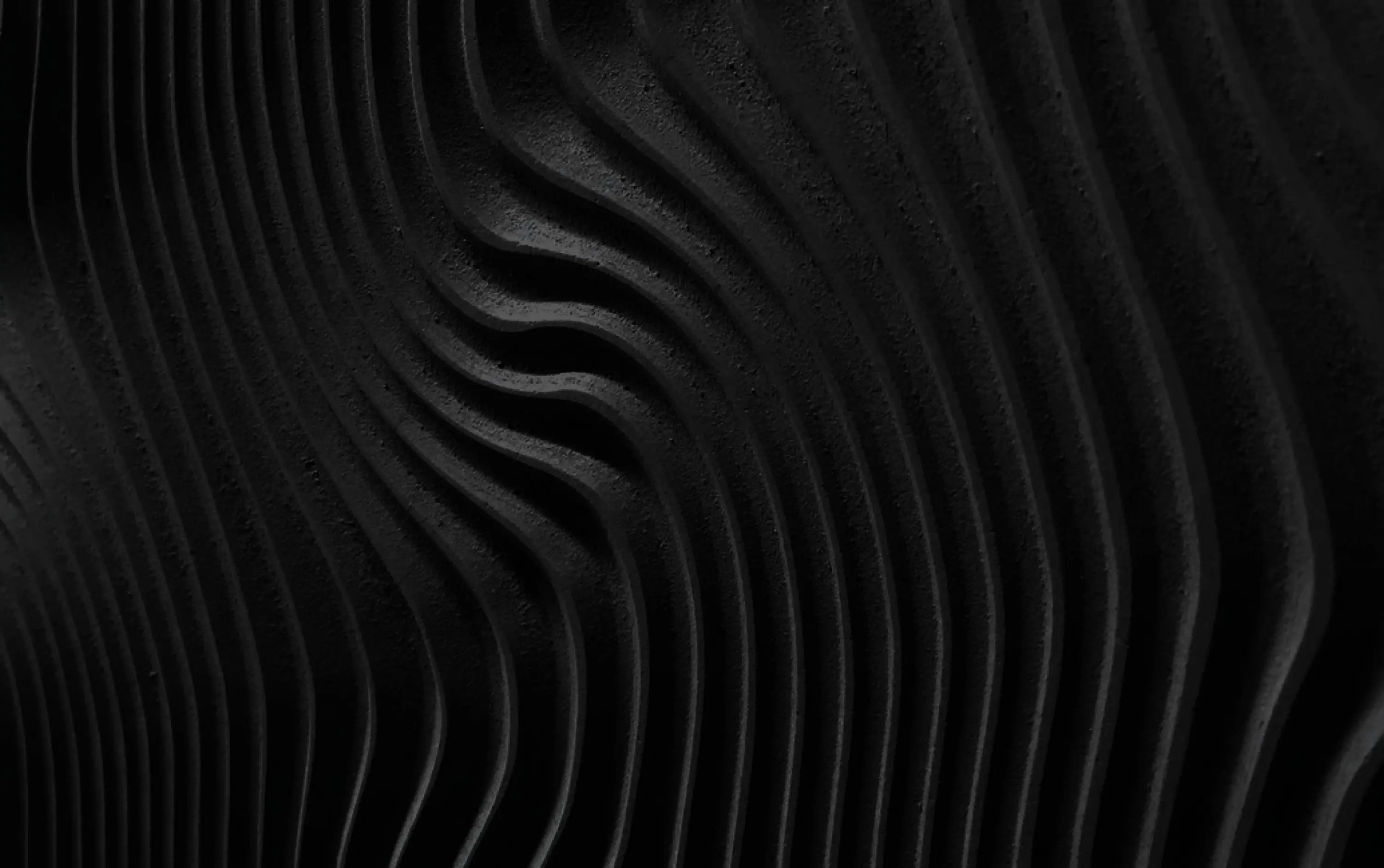Abstract
When a rectangular room is empty and has a porous ceiling absorber, the sound field becomes quasi-two-dimensional. This is because the vertical sound field decays faster than the horizontal sound field due to the absorption. As a result, the porous ceiling absorber cannot reduce the reverberation time effectively at low frequencies. This paper demonstrates how the sound field varies with two different porous layer configurations using both measurements and Treble simulations.
This shows that Treble can account for interference by including the phase information. This is delightful news for room acoustic simulation software users, as not many energy-based GA can do such accurate simulations.
For more information about our technology, you can read our knowledge base.
For more information about the importance and future of acoustic engineering, read our insight paper.
You can also find more validation studies such as:
- Full bandwidth wave-based simulations using Treble
